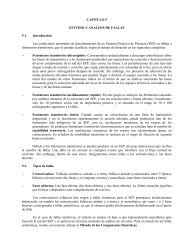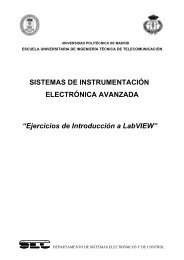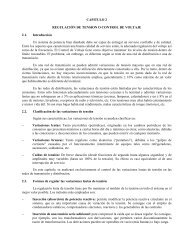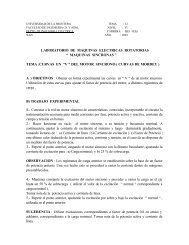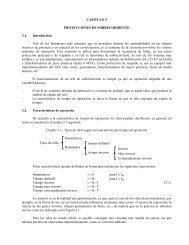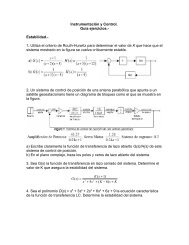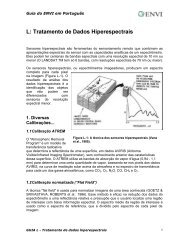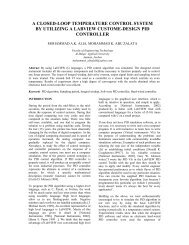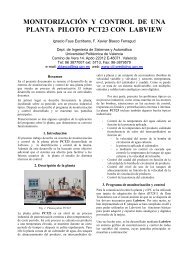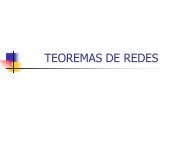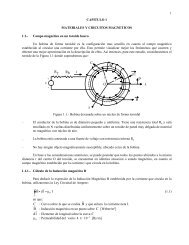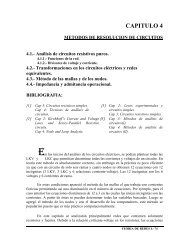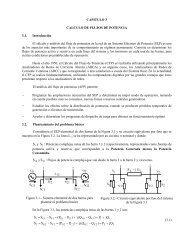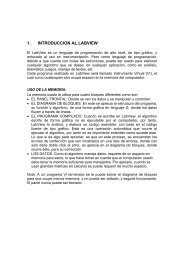T 7.2.1.3 Amplitude Modulation
T 7.2.1.3 Amplitude Modulation
T 7.2.1.3 Amplitude Modulation
You also want an ePaper? Increase the reach of your titles
YUMPU automatically turns print PDFs into web optimized ePapers that Google loves.
TPS <strong>7.2.1.3</strong><br />
Introduction<br />
1 Introduction<br />
Signals<br />
In electrical telecommunications engineering,<br />
messages are usually in the form of time-dependent<br />
electrical quantities, for example, voltage u(t)<br />
or current i(t). These kinds of quantities which are<br />
described by time functions are called signals. In<br />
order to transmit messages a parameter of the<br />
electrical signal must be suitably influenced. In<br />
cases where a signal defined as a time function is<br />
known and the signal value can be determined<br />
exactly at any given point in time, then the signal<br />
is called deterministic. Examples of deterministic<br />
signals are:<br />
1. Harmonic oscillation<br />
u(t) = A · sin (2 π ft + φ) (1.1)<br />
2. Symmetrical square wave<br />
u(t) = u(t + nT) n = 1, 2, 3... (1.2)<br />
A t T<br />
u()= t<br />
⎧ for 0 < < / 2<br />
⎨<br />
⎩ 0 for T/ 2 < t< T .<br />
Deterministic telecommunications is useless from<br />
the point of view of information theory. Only unknown,<br />
i.e. unpredictable messages are important<br />
for the message receiver. Nevertheless, when discussing<br />
modulation methods it is standard procedure<br />
to work with harmonic signals. The results<br />
which can be obtained are then clearer and more<br />
straightforward. If the signal value for any given<br />
point in time cannot be given because the signal<br />
curve appears totally erratic, then the signal is<br />
called stochastic. An example for a stochastic signal<br />
is noise. Stochastic signals can be described<br />
using methods of probability mathematics, but<br />
they will not be taken into consideration here. Signals<br />
are distinguished according to the characteristic<br />
curves of their time and signal coordinates. If<br />
the signal function s(t) produces a signal value at<br />
any random point in time, the signal function is<br />
called time-continuous (continuous w.r.t. time).<br />
In contrast, if the signal values differ from 0 only<br />
at definite, countable points in time, i.e. its time<br />
characteristic shows “gaps”, then this is referred<br />
to as time-discrete (discrete w.r.t. time). What is<br />
true for the time coordinate, can also be applied to<br />
the signal coordinates. Accordingly, a signal is<br />
called level-continuous, if it can assume any<br />
given value within the system limits. It is called<br />
value-discrete or n-level, if only a finite number<br />
Fig 1-1: Classification of signals<br />
(a) time- and level-continuous<br />
(b) time-discrete (sampled), level-continuous<br />
(c) time-continuous, level-discrete (quantized)<br />
(d) time- and level-discrete<br />
9



